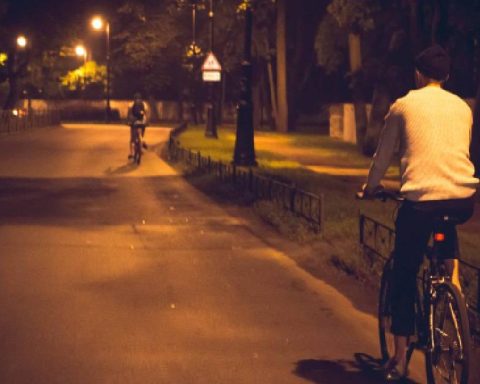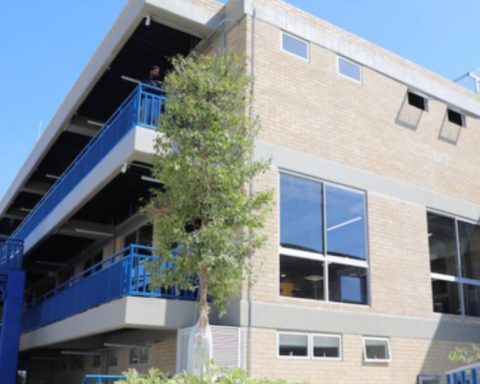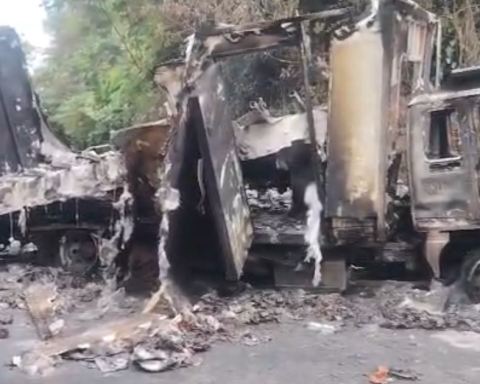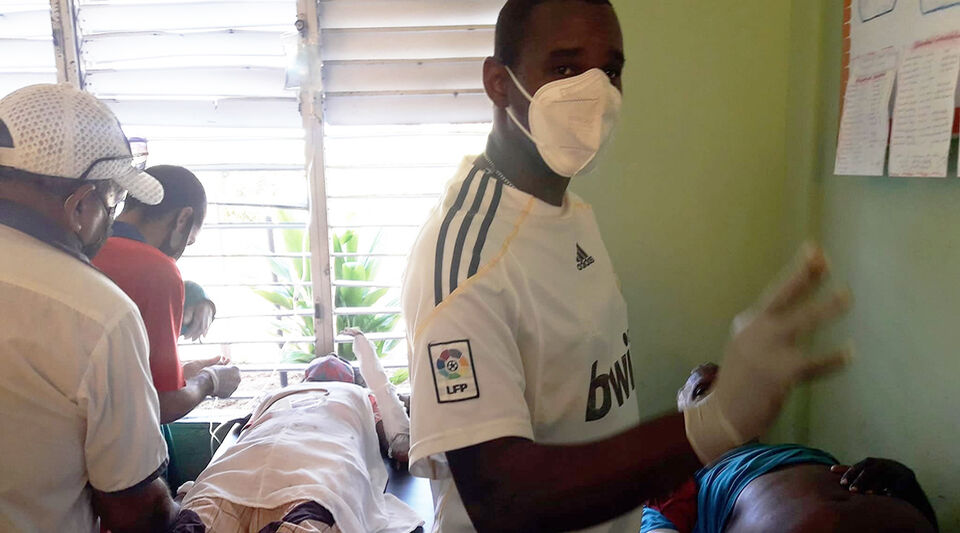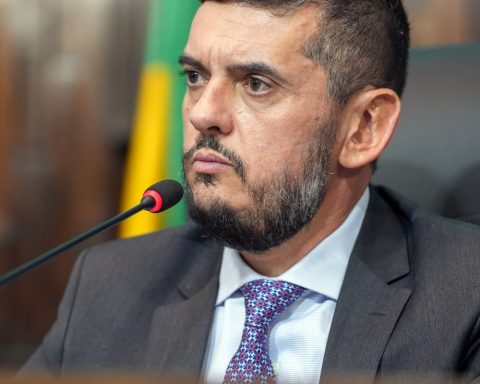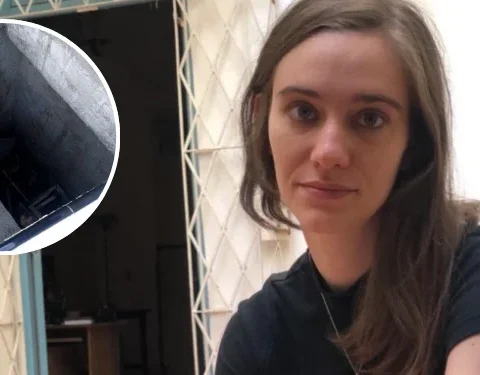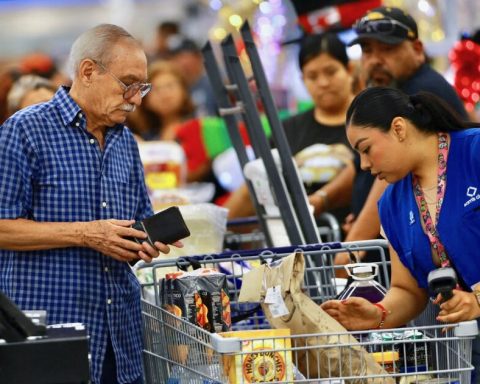The mayor of Bogotá, Claudia López, determined to issue by decree the Territorial Ordinance Plan, which marks the city’s roadmap for the next few years, and has already signed it.
(POT of Bogotá, a mole in the infrastructure).
Faced with this determination, various sectors of the economy, politics and experts expressed their concerns about the decision.
One of those who raised his voice was Bruce Mac Master, president of Andi, the country’s industrial union, who stated that he is “Very regrettable that the Bogotá POT has been adopted by decree in the last week of the year. The voices that we request to build a plan by consensus have not been heard or responded to. Authority can be used to impose the will or better to build community leadership “he pointed out in a trill.
Very unfortunate that the #POTbogota has been adopted by decree in the last week of the year, the voices that we request to build a #POT by consensus
Authority can be used to impose the will or better to build community leadership– Bruce Mac Master (@BruceMacMaster) December 29, 2021
For his part, Alejandro Callejas, president of Camacol Bogotá Cundinamarca and who was very active in discussions with the Mayor’s Office about the Plan project, said on his Twitter account: “On December 29, through the back door, a POT will be decreed in which there is full awareness (that) it is badly done. It has serious errors that will produce very negative effects. All with one voice we ask for good sense. Get it right. Mayor DO NOT do it like that, Bogotá does not deserve such improvisation “.
The Colombian Chamber of Infrastructure (CCI) had recently pointed out that Bogotá’s POT was a ‘mole’ in the country’s infrastructure, arguing that Mayor Claudia López’s decision to exclude the northern stretch of Avenida Longitudinal de Occidente (ALO ) “It will jeopardize the competitiveness and productivity of the capital and the region.”
In addition, several councilors and public figures threw their darts, for what they consider an arbitrary decision.
Nevertheless, The determination that the POT be approved by decree was being analyzed for almost three weeks with its legal team, in which the alternatives and the risks of each one were studied.
In addition, recognized legal experts were consulted. Former mayor Luis Eduardo Garzón also participated in these analyzes.
(Reparations to the Bogotá POT due to the risk of informality).
KEY CHANGES PROPOSED BY THE POT
It will increase the main ecological structure
The POT orders the territory through the Main Ecological Structure (EEP) and respects its integrity. The structure – which is expanded by 30%, going from 95,000 to 124,000 hectares – is the guarantor of ecosystem balances. Prima over all the ordering.
(Bogotá with more towns? Green light in exchange for the POT in the city).
Through the structure, the decarbonization of mobility, the greening of the urban space and the territorialization of care are specified. It does not allow developments in the Thomas van der Hammen reserve and maintains the extension of the Suba-Cota and Boyacá roads; Rescues the South Media Luna (which will connect the ecological parks of the eastern hills, the Trabaubes park, the rural area of Usme and Ciudad Bolívar and the Tunjuelito river, which is being recovered and whose rounds will be a large park next to urban development ), restores 493 hectares of the Bogotá river park network, protects 17 wetlands, and the ALO will only go as far as Calle 80, among other objectives.
Will organize around care
The POT raises 45 Apples of Care, which will resemble those already operating today.
The objective, as López explained, is to create, through the District Care System, “a network of facilities and social services to recognize, reduce and redistribute the burden of care. That it goes from the poverty of women to institutional care to give them time back ”. Planning should ensure that there are services for caregivers, children, people with disabilities and the elderly, and promotion of caregiver masculinities.
Start more than 580,000 homes
The proposal is to prepare land for 1,500,000 homes. But it is estimated that as a result of the POT, the construction of 589,000 homes will begin in 13 years, of which more than 56% will be for the lower-income population. The objective is also to establish quality conditions for housing, thus: 42 m² will be the minimum standard for VIP and VIS housing. 30% of the total habitable area of the house will be for rooms. It is proposed to resettle 9,500 homes exposed to risks and there are 191.23 hectares that are likely to be legalized.
Will redirect mobility
Bogotá will be organized around the pedestrian and will favor rail mobility. This will translate into planning five metro lines (Bosa-calle 72, Suba and Engativá-calle 72, Soacha-Centro Ampliado, Usme-calle 63, calle 63-200), seven overhead cables, two Regiotram lines, 32 green corridors , 20 high-capacity corridors, 416 additional kilometers of bike lanes and 43 for cycle paths, 221 kilometers of improved pedestrian network, and 171.88 hectares of renatured and green pedestrian public spaces.
Divide the city into 33 UPL
The POT proposes the creation of 33 Local Planning Units (UPL). The idea is that these units will replace the 105 UPZ (Zonal Planning Units) and the 20 localities that currently exist. The UPLs will collect the two figures and will remain as political-administrative bodies. This transformation will take place in two phases. In a first phase, in the next six years, it will be defined how the transit from UPZ to UPL will be and in a second phase, starting in 2027 -in the next district administration-, from UPL to localities.
Will give you a new figure
Create a new figure in terms of land: the Great Metropolitan Services Areas. These are areas that, according to the POT, “They allow metropolitan, regional and international integration from the provision of services or linking of strategic functions and economic activities.” These areas include the airport border and the Western Logistics Ring, the Science, Technology and Innovation District, the Bogotá Industrial Zone in Puente Aranda, the San Benito Industrial Park, the La Factoría Industrial Zone, among others.
It will allow more prisons
The POT proposes the realization of security equipment, such as prisons, URIs, Protection Transfer Centers (CTP) and houses of justice, where they are needed. It is planned to build a prison citadel in the La Picota prison area. There, El Buen Pastor, La Modelo will move and a new District Jail will be built.
(Bogotá City Hall launched its POT project for the city).
Four additional URIs, two restorative justice centers for young people, two CTPs and seven houses of justice are also contemplated. The idea of the latter is that they work as in the case of Ciudad Bolívar, where all the services are in the same place.
Recognize assets
The POT foresees an Integrating Structure of Patrimonies that works as a ‘layer’ that maps and generates protection norms for the tangible, intangible and natural cultural heritage. “We are recognizing sectors where there are economies with traditional and artisan trades that give character to the territories. This POT locates them and generates norms to protect them ”, explains the Secretary of Planning, Mercedes Jaramillo. For example, although the area is undergoing urban renewal, the uses and traditions must be maintained.
WITH INFORMATION FROM BOGOTÁ ET

